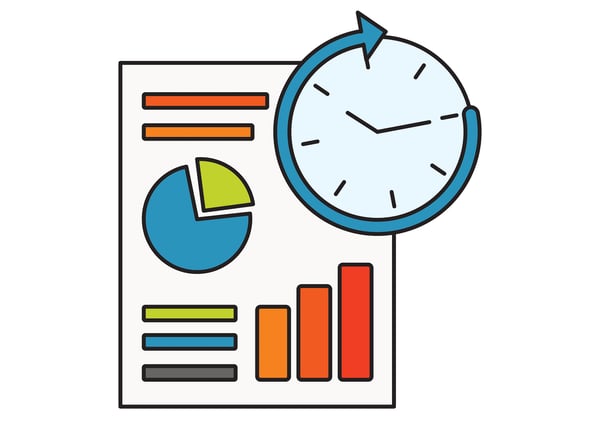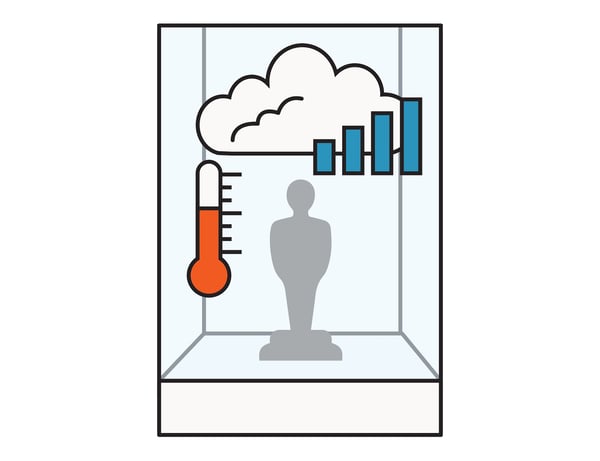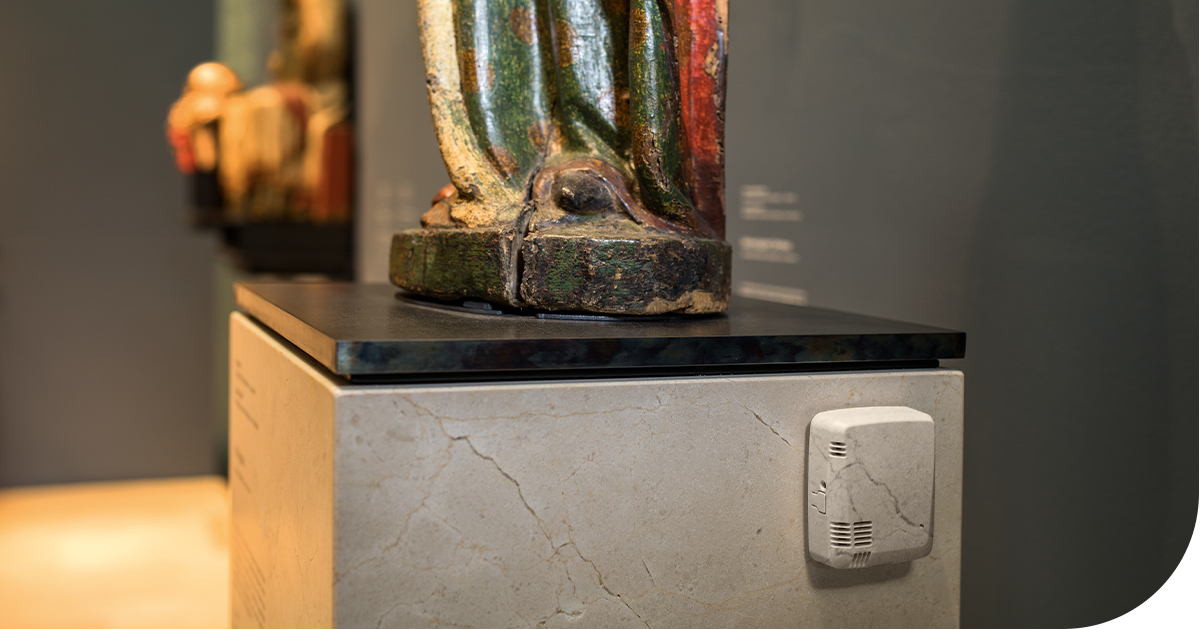In today's fast-paced world, it is crucial to equip yourself with Wireless Environmental Monitors to effortlessly monitor your collections remotely.
A wireless system has many benefits, including:

Monitor the environments your collections are in while off-site or working from home

Access real-time data even when you’re not with your collections so you can determine if problematic conditions need to be addressed

View data from many locations in one place without having to physically access each device

Maintain microclimates in enclosed spaces, like cases, and know when to replace silica gel
Things to consider when purchasing a system:
How many spaces do you need to monitor?
You will need to data loggers for each area of your institution or microclimate you want to monitor remotely.
Do you have a Wi-Fi network where your collections are located that can support remote monitoring?
The Wi-Fi network in your institution should meet the requirements of the specific monitoring system you purchase (for example, Testo 160 Data Loggers require a 2.4GHz connection) and each logger location will need sufficient signal strength, with each data logger within 150 feet of the Wi-Fi access point. A high speed network is generally not needed for environmental monitoring as very little bandwidth is used by the data loggers and they only send a couple hundred bytes at a time.
Do you have IT staff or the technical knowledge for setup and ongoing support of the system?
Initial setup of your system may require more advanced technical knowledge. Make sure you have the knowledge or the IT support to help you. Our friendly customer service team is always available to help at 1-800-448-6160 and customerservice@gaylord.com.
What is the construction of your institution’s building?
The construction and organization of the building you are setting up the system in can affect the ease of signal transmission of your data loggers. Factors like multiple floors, heavy, thick walls, such as those made out of concrete, or walls lined with metal cabinets may require additional planning when implementing, so the number and location of loggers used can ensure proper data collection.

